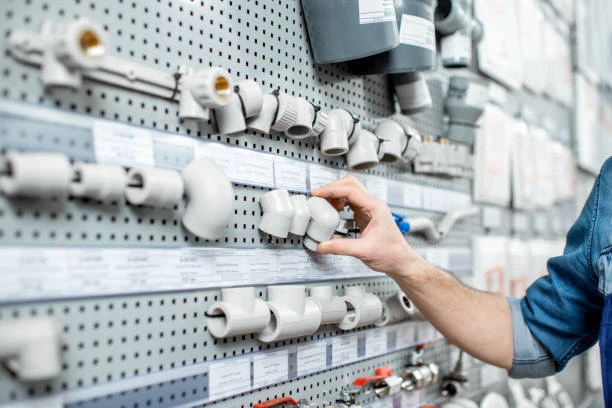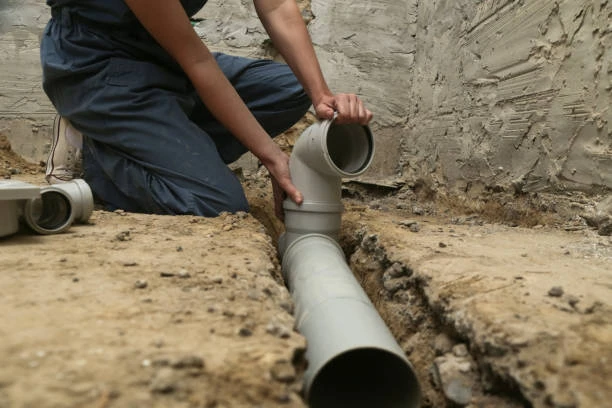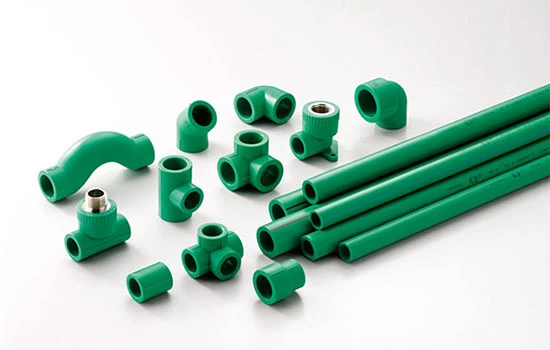Polyvinyl chloride (PVC), a versatile thermoplastic material, has become ubiquitous in the construction industry, particularly in the form of pipes and fittings for plumbing, water distribution, and drainage systems. Its durability, cost-effectiveness, and ease of installation have contributed to its widespread adoption. However, concerns regarding the potential health effects of PVC, particularly when it comes to leaching of additives and plasticizers such as phthalates, have prompted rigorous health effects monitoring.
Potential Health Concerns
PVC pipes and fittings can contain various additives to enhance flexibility, durability, and resistance to UV light and chemicals.
Lead exposure can lead to cognitive impairments, behavioral problems, and delayed development.
Monitoring Methodologies
- Chemical Analysis: Laboratories use sophisticated techniques such as gas chromatography-mass spectrometry (GC-MS) and liquid chromatography-mass spectrometry (LC-MS) to detect and quantify the presence of phthalates and other additives in PVC samples.
- Migration Studies: Migration tests simulate real-world usage conditions by exposing PVC pipes and fittings to water or other fluids at specified temperatures and durations. The resulting extract is then analyzed for contaminants. These studies provide insights into the actual levels of additives that might enter the water supply.
- Epidemiological Research:While challenging due to the complex interplay of multiple factors, such research is crucial for establishing causal links.
Regulatory Frameworks
To ensure the safety of PVC pipes and fittings, numerous international and regional regulatory bodies have established stringent guidelines. For instance, the European Union’s (EU) REACH regulation restricts the use of certain phthalates in PVC products, requiring manufacturers to prove the safety of their additives before market entry.

Minimizing Exposure
Individuals and communities can take several steps to reduce their exposure to PVC-related chemicals:
- Ventilation and Fire Safety: Improving ventilation in buildings and using fire-safe materials can reduce the risks associated with PVC combustion.
However, it’s important to stay informed and ask questions about the products we use.
FAQ
Q: Are PVC pipes and fittings safe to use in drinking water systems?
A: The safety of PVC pipes and fittings in drinking water systems depends on their compliance with relevant regulatory standards. When used and maintained correctly, PVC pipes and fittings can be safe for drinking water applications. However, it’s important to choose products that meet the required safety standards and to follow installation and maintenance guidelines.
Q: Can PVC pipes release harmful chemicals into the water?
A: Yes, PVC pipes can release additives such as phthalates and heavy metals into the water they come into contact with. Regulatory standards aim to limit the amount of additives that can migrate from it into water.
Q: What are the alternatives to PVC pipes and fittings?
A: Several alternatives to these are available, including copper, PE, and PP. These materials have their own advantages and disadvantages, and their suitability depends on the specific application and requirements. When choosing alternative materials, it’s important to consider factors such as cost, durability, and environmental impact.


















